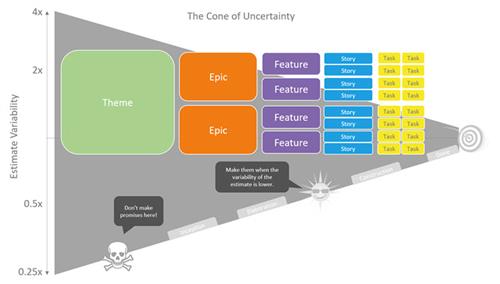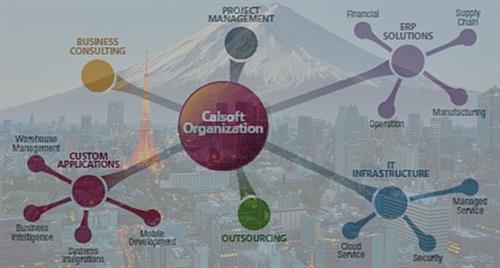
Questions and Answers: Size and Cost Estimation of Software
This set of Software Engineering Multiple Choice Questions & Answers (MCQs) focuses on “Size and Cost Estimation of Software”.
Questions
1. Which of the following are parameters involved in computing the total cost of a software development project?
a) Hardware and software costs
b) Effort costs
c) Travel and training costs
d) All of the mentioned
2. Which of the following costs is not part of the total effort cost?
a) Costs of networking and communications
b) Costs of providing heating and lighting office space
c) Costs of lunch time food
d) Costs of support staff
3. What is related to the overall functionality of the delivered software?
a) Function-related metrics
b) Product-related metrics
c) Size-related metrics
d) None of the mentioned
4. A _________ is developed using historical cost information that relates some software metric to the project cost.
a) Algorithmic cost modelling
b) Expert judgement
c) Estimation by analogy
d) Parkinson’s Law
5. It is often difficult to estimate size at an early stage in a project when only a specification is available
a) True
b) False
6. Which technique is applicable when other projects in the same analogy application domain have been completed?
a) Algorithmic cost modelling
b) Expert judgement
c) Estimation by analogy
d) Parkinson’s Law
7. Which model assumes that systems are created from reusable components, scripting or database programming?
a) An application-composition model
b) A post-architecture model
c) A reuse model
d) An early design model
8. Which of the following states that work expands to fill the time available.
a) CASE tools
b) Pricing to win
c) Parkinson’s Law
d) Expert judgement
9. Which model is used during early stages of the system design after the requirements have been established?
a) An application-composition model
b) A post-architecture model
c) A reuse model
d) An early design model
10. Which model is used to compute the effort required to integrate reusable components or program code that is automatically generated by design or program translation tools?
a) An application-composition model
b) A post-architecture model
c) A reuse model
d) An early design model
11. The COCOMO model takes into account different approaches to software development, reuse, etc.
a) True
b) False
Answers
- Answer: D
Explanation: All these are accounted for in estimating a software development cost. - Answer: C
Explanation: This is a incurred by the employees. - Answer: A
Explanation: Productivity is expressed in terms of the amount of useful functionality produced in some given time. Function points and object points are the best-known metrics of this type. - Answer: A
Explanation: The model uses a basic regression formula with parameters that are derived from historical project data and current as well as future project characteristics. - Answer: A
Explanation: Function-point and object-point estimates are easier to produce than estimates of code size but are often still inaccurate. - Answer: C
Explanation: The cost of a new project is estimated by analogy with these completed projects. - Answer: A
Explanation: It is designed to make estimates of prototype development. - Answer: C
Explanation: The cost is determined by available resources rather than by objective assessment. If the software has to be delivered in 12 months and 5 people are available, the effort required is estimated to be 60 person-months. - Answer: D
Explanation: Estimates are based on function points, which are then converted to number of lines of source code. The formula follows the standard form discussed above with a simplified set of seven multipliers. - Answer: C
Explanation: None. - Answer: B
Explanation: Its the COCOMO-2 model. COCOMO 2 incorporates a range of sub-models that produce increasingly detailed software estimates.





















